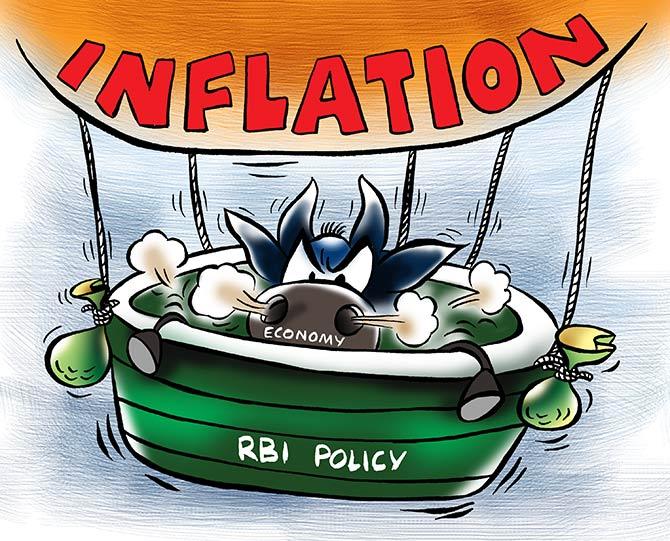
Others want to work because there’s been a change in their personal circumstances, such as having more capacity to work because their kids have more consistently been back in school as COVID-19 levels have remained low. Some want to find employment because of the increasing inflation-induced cost of living. According to the results of a survey we conducted in February 2023 of about two thousand consumers, 52 percent of 25- to 64-year-olds who quit their jobs during the pandemic and remain unemployed plan to seek work this year. And many consumers who left the workforce during the Great Resignation are now looking to rejoin it. Likewise, even though the participation rate in the labor force dropped due to COVID-19, unemployment rates are lower than before the pandemic. Working-age consumers are concerned about employment.Although many high-profile companies are trimming their workforces, there are overall more job openings than before the pandemic. The following seven charts are highlights from this research. As we’ve done in the past, we combined the survey results with third-party data on consumer spending for our analysis. Our latest Consumer Pulse Survey was in the field from February 24 to March 1, 2023, and included responses from 3,973 adults in the United States (sampled and weighted to match the general US population). Since the COVID-19 pandemic began, we have regularly polled US consumers about their spending habits and opinions. Instead, they can tease out nuances and seeming contradictions between sentiment and behavior, seek to better understand different types of consumers by generation and income level, and focus on improving the omnichannel experience for consumers.

That means companies should not overgeneralize when it comes to examining consumer behavior. And while many consumers can spend given their strong balance sheets, they are more selective about what they do spend on. It’s now clear that while consumers increased their spending by double digits from mid-2021 through mid-2022, spending growth has begun to decelerate since late 2022. Our latest research lifts the lid on some of these dichotomies and complexities of US consumer sentiment and behavior. 1 Jim Tankersley, “Top economist leaves White House, and an economy not yet ‘normal,’” New York Times, March 31, 2023. Cecilia Rouse, who served as Chair of the White House Council of Economic Advisors until the end of March 2023, recently told the New York Times, “Sometimes I, in this course of the last few years, wished my PhD was in psychology,” instead of in economics. And three years since the onset of COVID-19, some prepandemic shopping habits have returned with a vengeance, yet other new pandemic-induced changes in spending seem here to stay. They’re switching to less expensive brands to save money, but they’re also willing to splurge on certain goods and services. According to the results of our latest US Consumer Pulse Survey, they’re worried about rising prices and job security, yet they’re optimistic and still spending. It’s no wonder, then, that as the US economy continues to send mixed signals, consumers are doing the same. And while layoffs dominate headlines, the US unemployment rate remains low, at 3.5 percent as of March 2023, and the labor market remains very tight. Federal Reserve officials have raised interest rates over the past year, and are signaling that more increases are still to come.

Although inflation rates are lower than this time last year, they still remain high, more than twice the Federal Reserve’s target. A few months into this year, the state of the US economy continues to be in great flux.


 0 kommentar(er)
0 kommentar(er)
